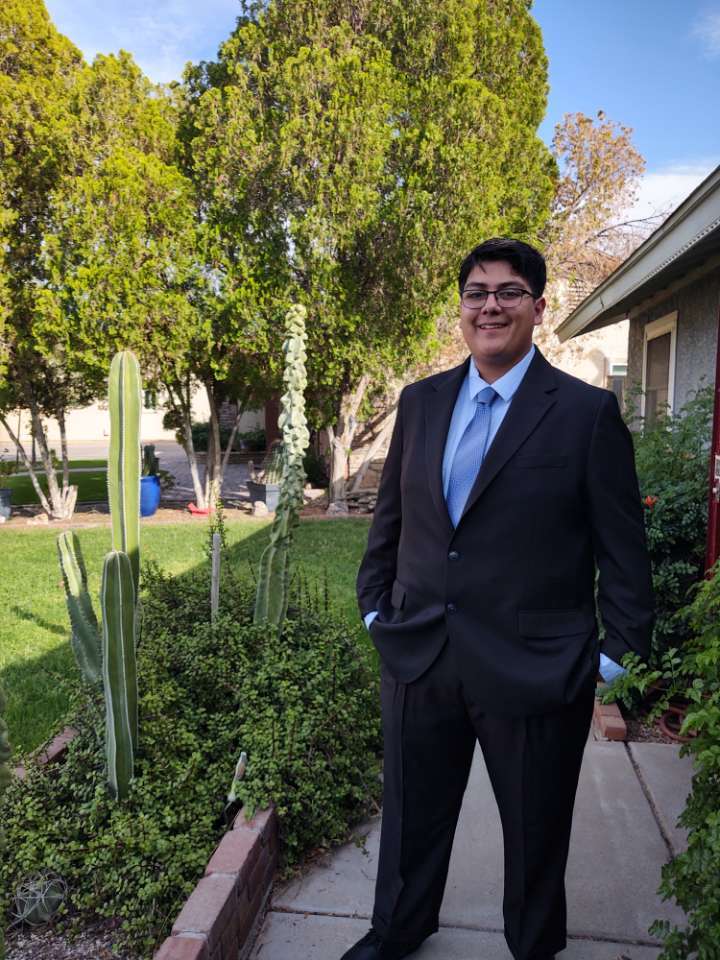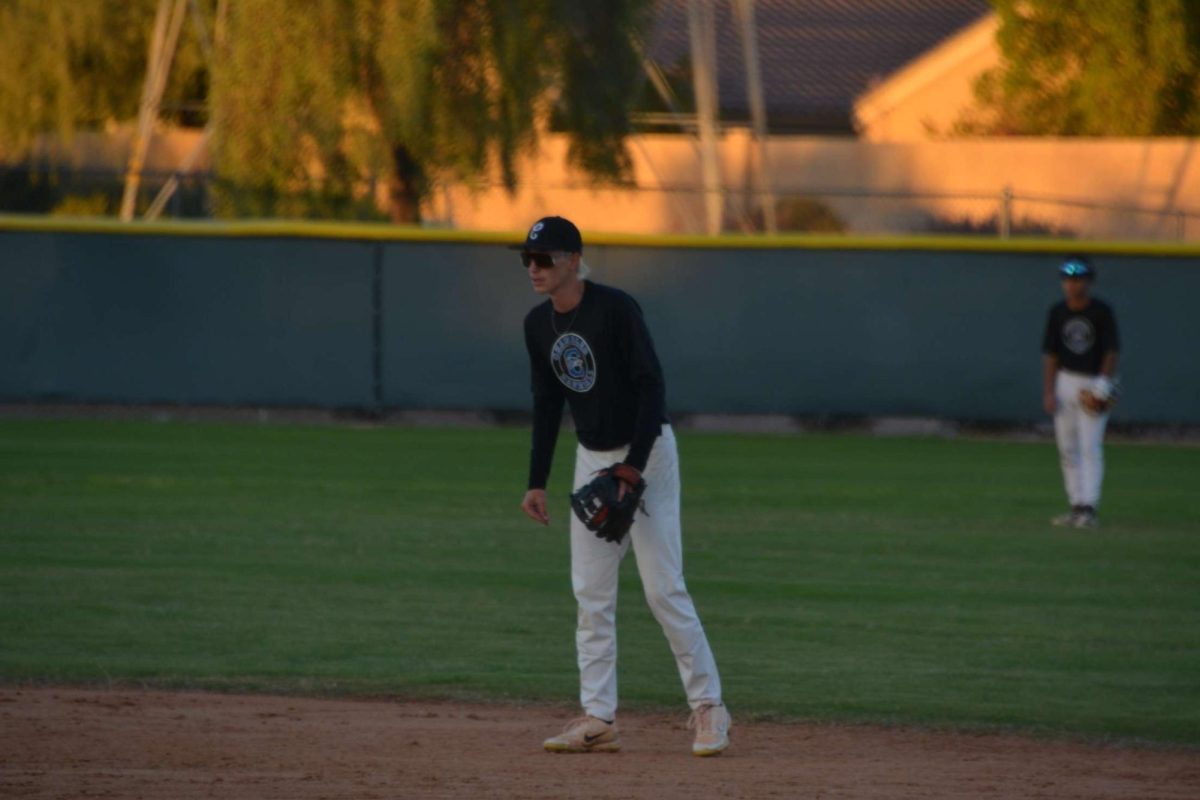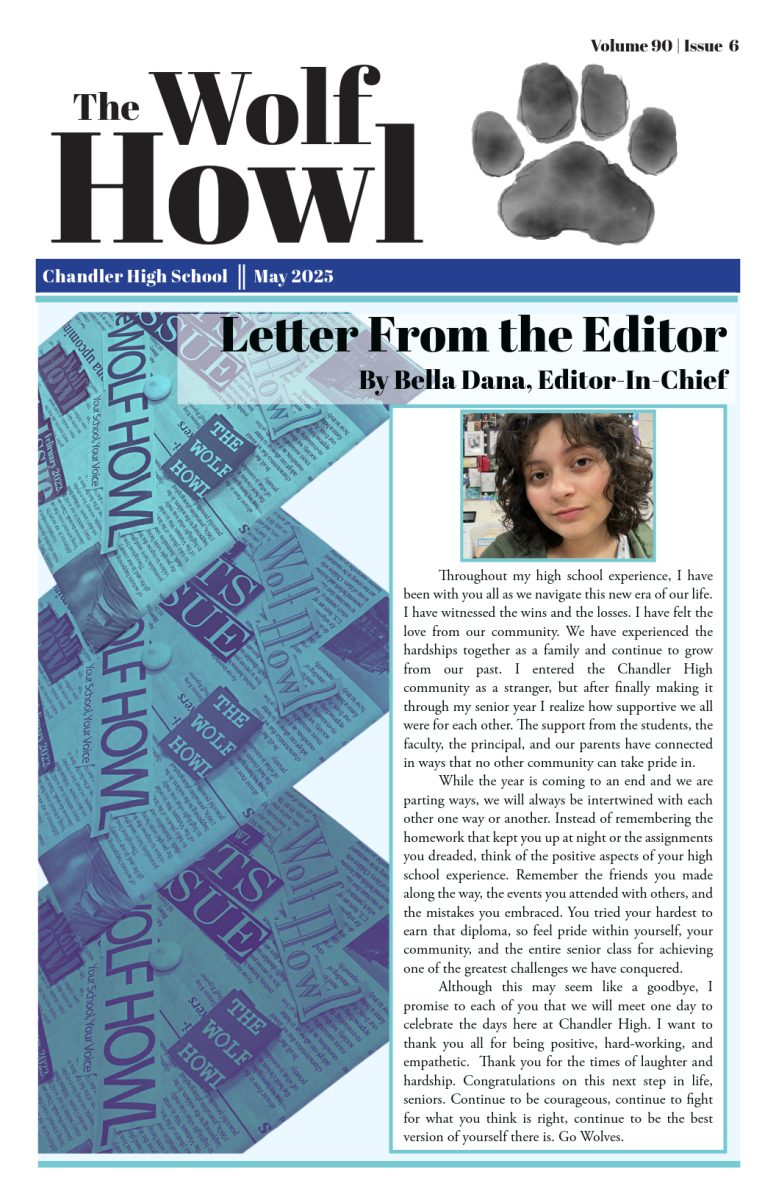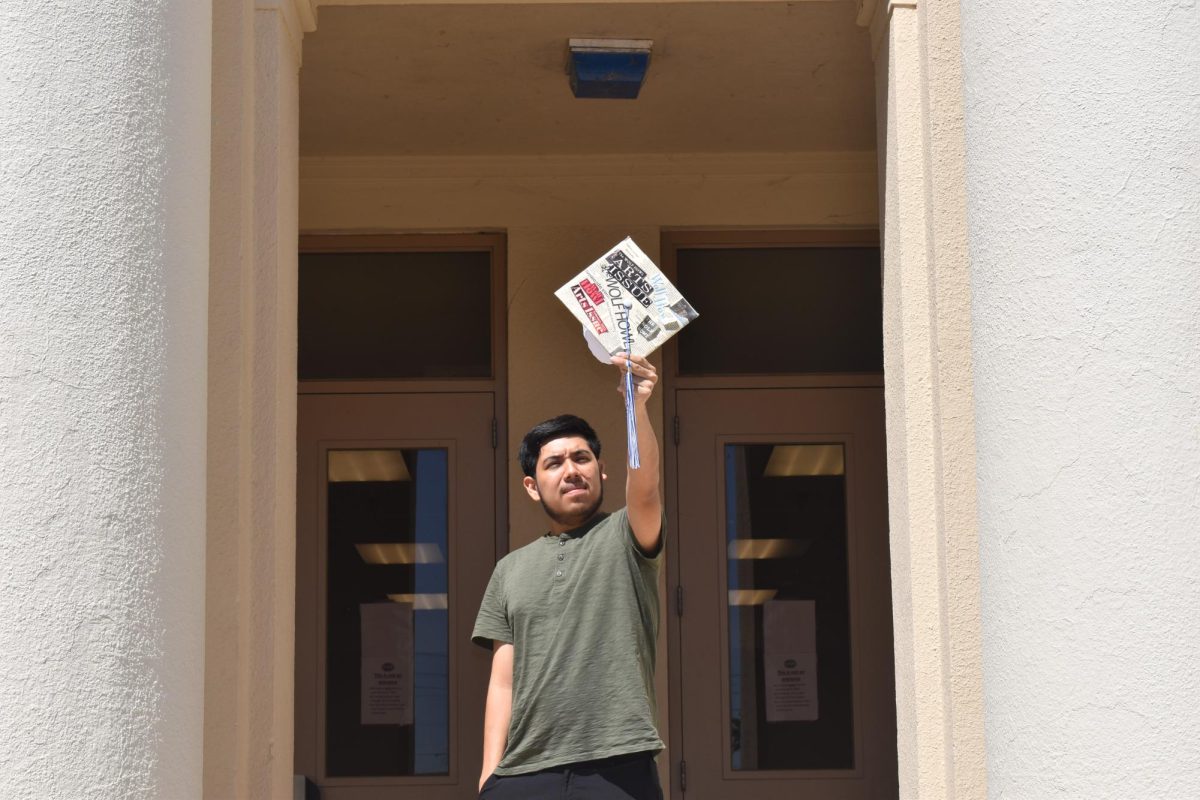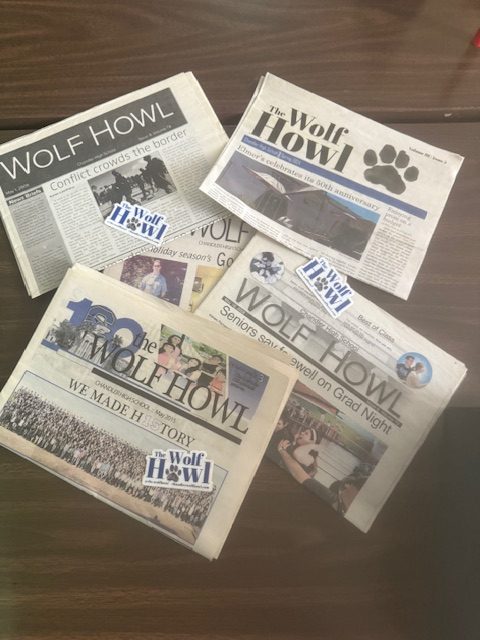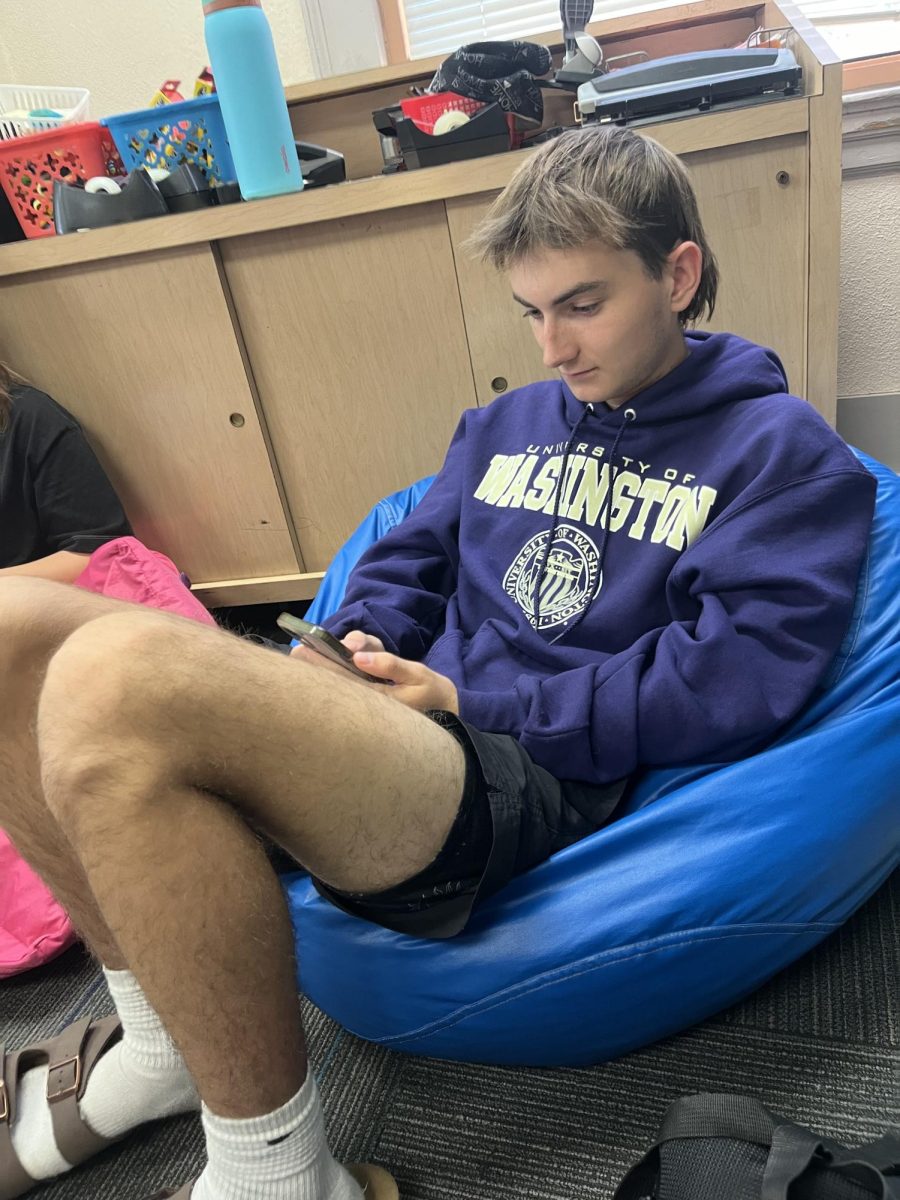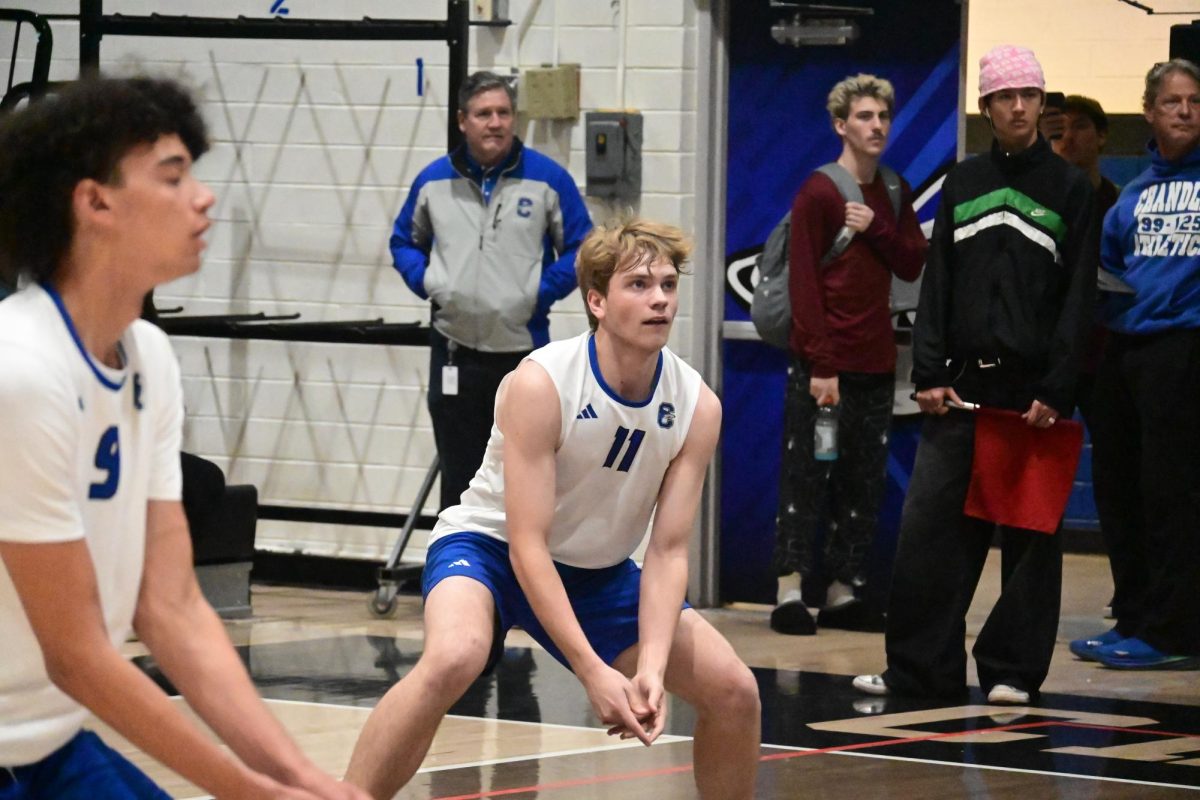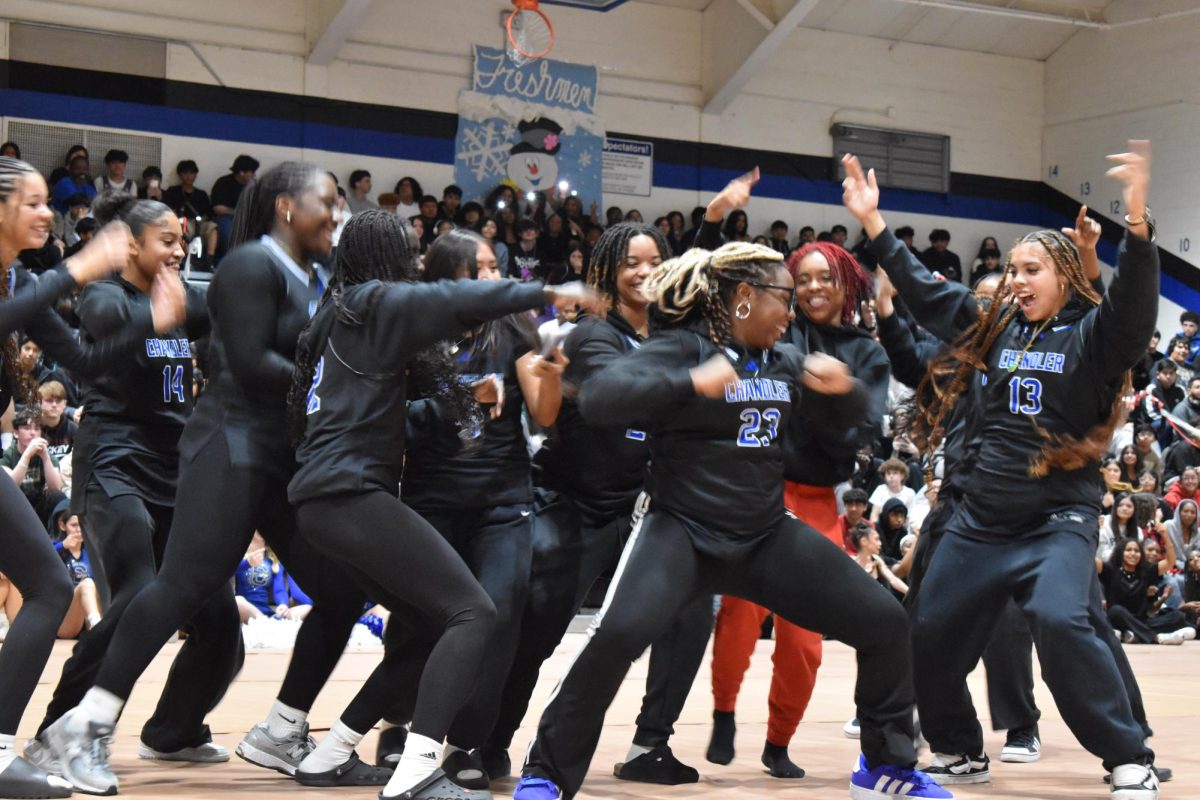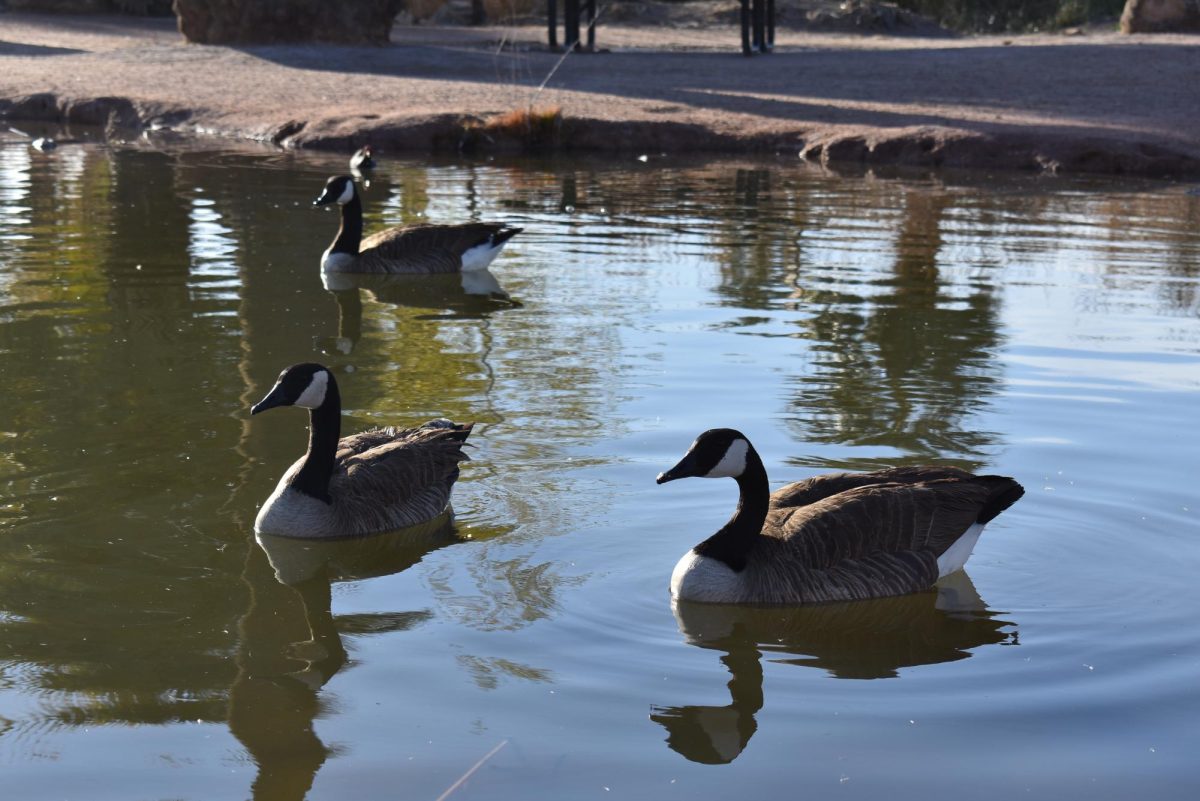As a birdwatcher, the fall and winter seasons are my favorite. Everything is cooling down, and migration season opens up a lot of opportunities to spot non-native species. It’s really easy to catch different kinds of water birds and wood warblers. Cormorants, Herons, Egrets, and Pelicans have already been seen on the Riparian Preserve in Gilbert, one of the biggest hotspots for bird watchers. Not to mention the sights of Turkey Vultures, Osprey, and Harris’ Hawks.
But by birding standards, fall doesn’t start until late September. Currently, Arizona is in the midst of its rainy or monsoon season. Many Mexican species fly up during this time, and the blooming environment is good for nesting. You can also see a lot of northern migrants flying down to the desert because of the greenery. Along with Lazuli Buntings, Yellow-headed Blackbirds, and American Avocets, an abundance of hummingbirds come with the wildflowers, and insectivores follow suit as the population of butterflies and pollinators grows. Only more species fly in as Arizona cools down further, as we are already starting to see.

However, this year, there have been more issues affecting the environment, which in turn affects migration patterns and bird populations. There haven’t been many monsoons this year. At most, there has been humidity, but there is not much rain to cool Arizona down. This has the potential to be dangerous for the birds flying in and native species alike.
The rising temperature and altered weather patterns have shifted the availability of food and water. Not only does this interrupt mating season, but it also forces native birds to find more suitable habitats. Even with just a single degree difference, birds of every species lose out on the range they’re most suited for. The record-breaking heat has also been causing plants to flower early. The early blooming also means early wilting, the food sources of many species diminishing in the same fell swoop. Droughts and urbanization are also some of the most common problems plaguing the bird population, both kicking many species out of their natural homes.
These problems are almost entirely manmade.
The heat, false springs, and droughts are all caused by pollution. The carbon being blasted into the environment has been allowing more UV rays from the sun into the atmosphere, while also trapping the heat coming off those rays like a sort of greenhouse. Urbanization, on the other hand, is the act of demolishing habitats as a means of expanding our cities and urban areas (hence the name urbanization).
With the attention brought to these problems through film, like the Blue Sky animated film Rio’s portrayal of the Spix Macaw and their extinction, movements, and protests, you would think that more has been done to protect the natural world around us. But that is not the case. Temperatures continue to climb, even outside of Arizona. Despite all the awareness we have of the environment, not much has been done.

My theory is that the internet has hurt our perception of the world around us— and our relationship with the natural world has suffered as well. Our modern comforts have made a space where few people need to go outside for an extended period. The pandemic has only exasperated this, with the use of technology skyrocketing, in children especially.
In an interview with Faith Barnes, a corporate trainer for caretakers and an addiction specialist, Barnes stated that she viewed our use of technology nowadays as “a way to check out, or numb out, and not have to deal with uncomfortable situations or feelings in the present moment.”
Shortly after, Jen Woolf, a marriage and family therapist, said, “…the quickness that things change, the Tiktoks that bounce through every 15 minutes, the screen times of things that change every 30 seconds to a minute, has changed how kids think. So that changes how they relate to everyone around them.”
“I think the problem is that people spend so much time creating a persona or facade of who they want the world to see, that they don’t spend the time to get to know themselves or understand who they are. It makes it virtually, then, impossible to relate to other people if you don’t know who you are. How are you going to get to know the truth about someone else? Then you throw in the years of, y’know, COVID, where we spent time at home, and didn’t leave the house. That set socializing back. It introduced more online schools, where we have kids who aren’t even getting person-to-person interaction at all, and yet still expect them to function in society.” Woolf continued, when asked more about our use of social media, and the superficiality laced into it.
When both Barnes and Woolf were asked if birdwatching or interacting more with nature, they both gave incredibly positive responses.
“Absolutely, and I think it’s a really good— I love the idea of birdwatching because it involves sitting still, watching, and being patient,” Barnes said.
“Yeah, absolutely. There are so many benefits that we get from being outside, being outdoors. It’s shown to lower stress levels, lower blood pressure, and heart rates while increasing our mood and improving our mental health.” Woolf agreed. Likewise, in a study done by the American Psychological Association, the call to experience nature is only given more legitimacy.
It seems we are at a point where our devices are actively impairing our ability to perceive the world around us effectively. However, it doesn’t take any insane, life-altering change to be more connected with the world around us. Simply making the effort to turn off your phone, notice little details or moments in your life, and generally being aware of the world around you can improve your life in ways technology can’t help with. You don’t need to swear off modern devices either— it can still be a great tool to connect with other people.
Birdwatching is included in that.
It is a simple hobby to pick up and continue with. All you have to do is take the time to watch the trees, the bushes, and the sky around you. It is incredibly easy and flexible to do, even if you have a strict schedule to maintain. Not just that, it can improve your perception of the current state of the environment, and see more closely the need to protect it. There is a lovely and open community of fellow birdwatchers as well, uploading their observations and discoveries to social media and forums.
It is the perfect time to start birdwatching. Flocks are migrating more by the day, and there are tons of rare species to see. The White-Faced Ibis, for example, has been spotted around nature preserves in Gilbert. Its cousin, the Roseate Spoonbill, begins its migration toward the winter months but is a pleasure to see in the wild. The White-Throated Swift, along with its distant cousins of Swallows, has also been spotted once or twice. Now is the time to be outside, and it is the perfect time to see some amazing avians.







